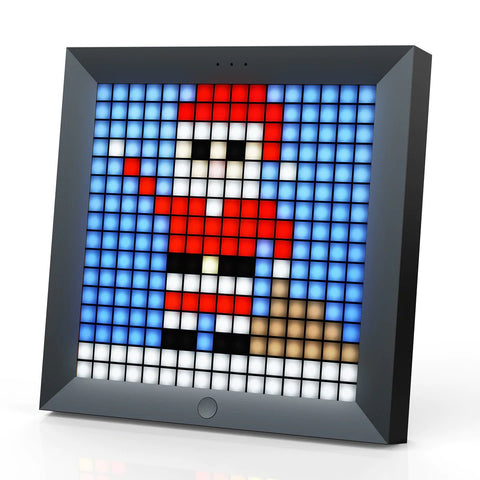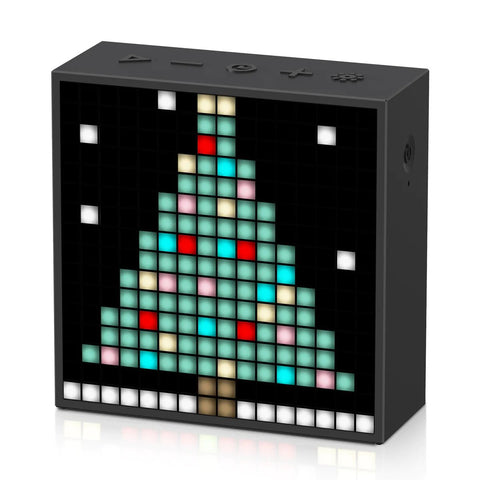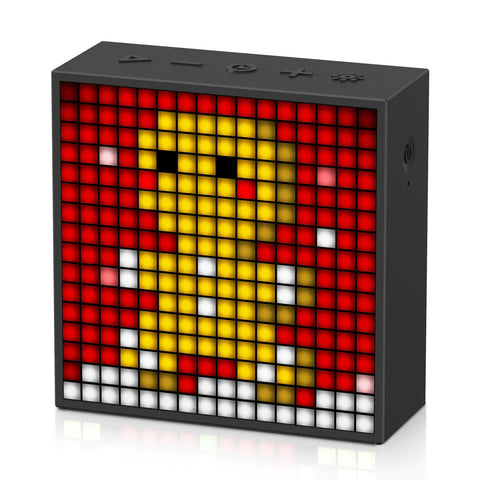In today's technologically advanced world, it might seem as if everything from our phones, computer screens, to house lighting has moved to LED-based operations. But what exactly is an LED and how does it work? In this blog post, we will delve into what LED is, how it works, and the practical applications of LED technology.
What is an LED?
LED stands for Light Emitting Diode. An LED is a semiconductor light source that emits light when a current fits through it. Unlike traditional bulbs, LEDs emit light in a specific direction, making them more efficient in their energy use. LED lights are also known for their long lifespan and lesser heat production, making them both cost-effective and sustainable.
How Does an LED Work?
The functioning of an LED is based on the phenomenon of electroluminescence. Electrons and holes, or vacancies for electrons, are pushed together to emit photons, which we see as visible light. This efficiently pushes energy through and out of the system rather than wasting half of it as heat, like in traditional incandescent bulbs.

Practical Applications of LED Technology
LED technology has a wide range of applications, some of which we encounter on a daily basis. Let's explore some of the most common, yet fascinating applications:
- LED Displays: Used in electronic devices like smartphones, tablets, televisions, and computer monitors. They offer bright, colorful displays and consume less power compared to older technologies.
- Smart Home Lighting: Offering energy-efficient solutions, LEDs are now widely used in homes. They are capable of producing a wide spectrum of light colors, which can be controlled by apps or home automation systems.
- Car Headlights: LED lights offer higher luminosity with less power usage and longer lifecycle makes them a viable solution for car manufacturers.
- Indoor and Outdoor Signage: LED technology is popular in digital billboards, store signage, and other forms of outdoor advertising. They offer a brighter, more engaging display than traditional signage methods.
Advantages of LED technology over Traditional Lighting
LED technology offers numerous advantages over traditional lighting systems including:
- Energy Efficiency: LEDs use up to 90% less power than incandescent bulbs, resulting in significant savings on power bills.
- Long Lifespan: LEDs have a much longer lifespan compared to traditional bulbs, lasting up to 50,000 hours or more, reducing the need for frequent replacements.
- Environmentally Friendly: LEDs do not contain harmful elements such as mercury and produce less carbon dioxide emissions.
The Future of LED Technology
The future of LED technology looks bright, with continual enhancements in the efficiency and the production process. The innovative approach of embedding LEDs into clothing, using them for data transmission and their growing usage in farming and horticulture, points to an exciting future where technology and innovation continue to evolve.
To conclude, LEDs have revolutionized the way we use and consume light in modern times. From small, everyday devices to larger applications like stadium lighting and digital billboards, LEDs are leading the way in energy efficiency and versatile usability. They provide high-quality, bright light while using less energy and lasting longer, making them a fundamental aspect of modern tech.
Next time you look at your smartphone screen or switch on the light in your room, we hope you appreciate the fascinating technology behind those tiny but powerful LEDs.
Keep tuning into our blog for more in-depth insights into how technology impacts our daily life.











